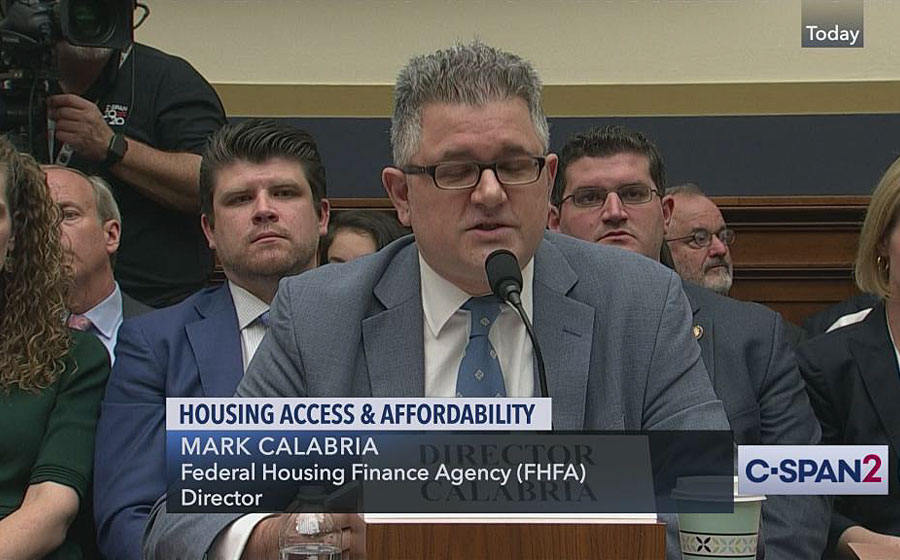
WASHINGTON, D.C. – On November 26, the Federal Housing Finance Agency (FHFA) announced that it would be raising the conforming loan limits for Fannie Mae and Freddie Mac to $510,400 in 2020. This is a jump of $26,050 from the 2019 level of $484,350, and represents the fourth year in a row that the FHFA has issued an increase to conforming loan limits based on current market conditions.
Previously, these loans had not seen limit increases for a full decade; the FHFA finally delivered their first increase in 2016 after not doing so since 2006, and over the last four years of increases that limit has climbed to an overall total of $93,400.
In late November, the FHFA announced its Q3 2019 FHFA House Price Index (HPI) report, which stated that U.S. home prices increased 5.38 percent year-over-year from October 2018 to October 2019, which means that the 2020 maximum conforming loan limit must increase by the same amount.
A conforming loan is a mortgage loan that conforms to Fannie Mae and Freddie Mac guidelines. The advantage of a conforming loan is that they are backed by Fannie Mae and Freddie Mac and normally offer a lower interest rate than a non-conforming loan; as a result, borrowers can get a lower monthly mortgage payment, in addition to less money spent over the life of the loan. A non-conforming loan can be for a greater amount, but they generally cost more, both in terms of monthly mortgages and the overall amount that needs to be repaid for the entire loan.
In 1970, the Federal National Mortgage Association – commonly known as Fannie Mae – was authorized by the United States Government to purchase residential mortgage loans. Fannie Mae worked with the Federal Home Loan Mortgage Corporation – known as Freddie Mac – to develop uniform mortgage documents and national standards for what would come to be known as conforming loans, which the two agencies then repackage into the secondary market.
Fannie Mae and Freddie Mac do not issue mortgages directly; instead, they provide insurance for lender-issued mortgages, which allows lenders to be able to grant more loans smoother than they would have been able to without insurance backing.
The FHFA publishes conforming loan limits every year that dictate the mortgages that Fannie Mae and Freddie Mac can purchase, based on median home prices. A loan that does not meet Fannie Mae and Freddie Mac guidelines possesses less liquidity and is known as a non-conforming loan; a loan amount that exceeds the guideline limits is known as a jumbo loan and usually comes with higher rates. The Housing and Economic Recovery Act of 2008 determines the conforming loan limits for Fannie Mae and Freddie Mac.
There are several guidelines for conforming loans, the main one being the amount of the loan itself; in 2019, the maximum amount was $484,350 for a single-family home located in the continental United States, which has been increased for 2020 to $510,400. Additional guidelines include credit score of the borrower, size of down payment, debt-to-income ratio, as well as other factors.
If limits are raised, they are done so for the subsequent year in the third quarter of the current year. In 2016, conforming loan limits for 2017 – after a decade of no changes – were increased by the FHFA from $417,000 to $424,100. In 2017, the 2018 loan limits were raised to $453,100 and in 2018, the 2019 limits were raised to $484,350.
While the 2020 conforming loan limit increase is set to affect the majority of the continental U.S., there are some areas where 115 percent of the local home value is greater than the conforming loan limit; therefore, in those regions, the maximum limit will be set as a multiple of the area median home value, with a ceiling of 150 percent of the baseline loan limit.
In addition, Alaska, Hawaii, Guam, and the U.S. Virgin Islands feature provisions that establish alternate loan limit calculations; homes in those areas have a baseline loan limit of $765,600.



Comments are closed.